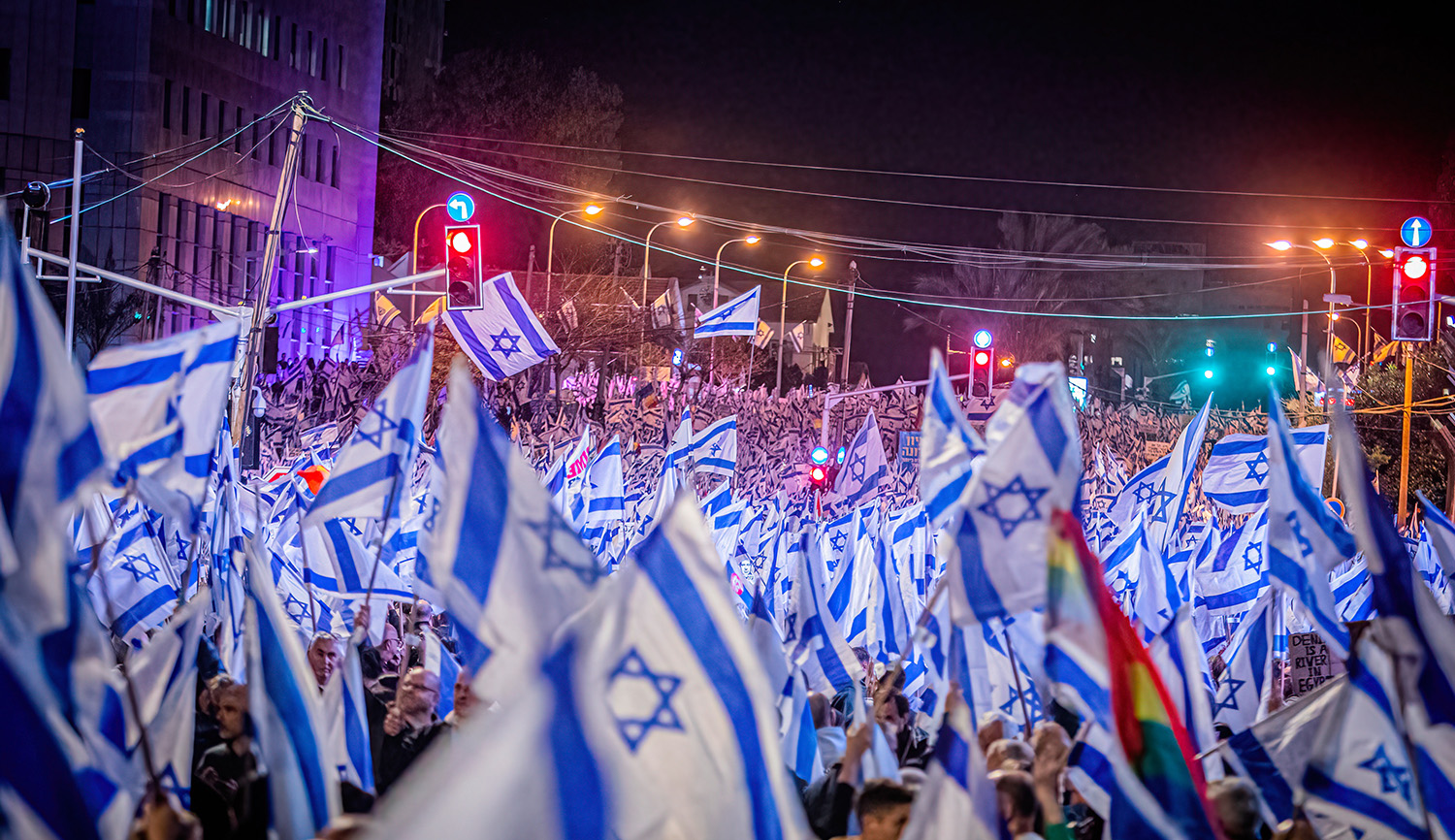Let’s now turn away from the Israel-haters to Israel itself, and its cultural life. Sarah Rindner examines art in the Jewish state in the wake of October 7. She begins with a street-level perspective:
The now iconic red-and-black hostage posters line storefronts and traffic poles (in Israel they don’t get ripped down). Army green is everywhere—at times every fifth person walking down the street seems to be in uniform and carrying a large weapon. And street art and graffiti that focuses on the hostages or the ongoing military campaign is ubiquitous. Grassroots memorials take various forms—from yizkor candles to red poppies (the classic symbol of military loss is also a common wildflower in the south of Israel) to countless other manifestations.
This spontaneous public art is intense and concentrated in certain places, such as Hostage Square in Tel Aviv and the Nova massacre memorial in Re’im. But it also can be found on random street corners and benches, in malls or in doctor’s offices. Art is everywhere, a direct outcome of a nation that is actively grieving horrific events and continuing crises.
A new exhibit, recently opened at the ANU Museum of the Jewish People in Tel Aviv, seeks to explore this creative phenomenon in real time. The exhibit is simply titled “October 7.” . . . [I]t’s quite staggering to consider how much was written, painted, and created even in the immediate days following October 7. The ANU exhibit, which opened on February 23, was not even the first or even third such exhibit in Israel to showcase the art of October 7. . . . Included are colorful acrylic paintings by twin artists Nil and Karen Romano entitled Rage and From the Ashes, a Fire Shall Be Woken. The latter features demons of destruction coalescing into the image of a lion.
More about: Art, Gaza War 2023, Israeli culture, Jewish museums


